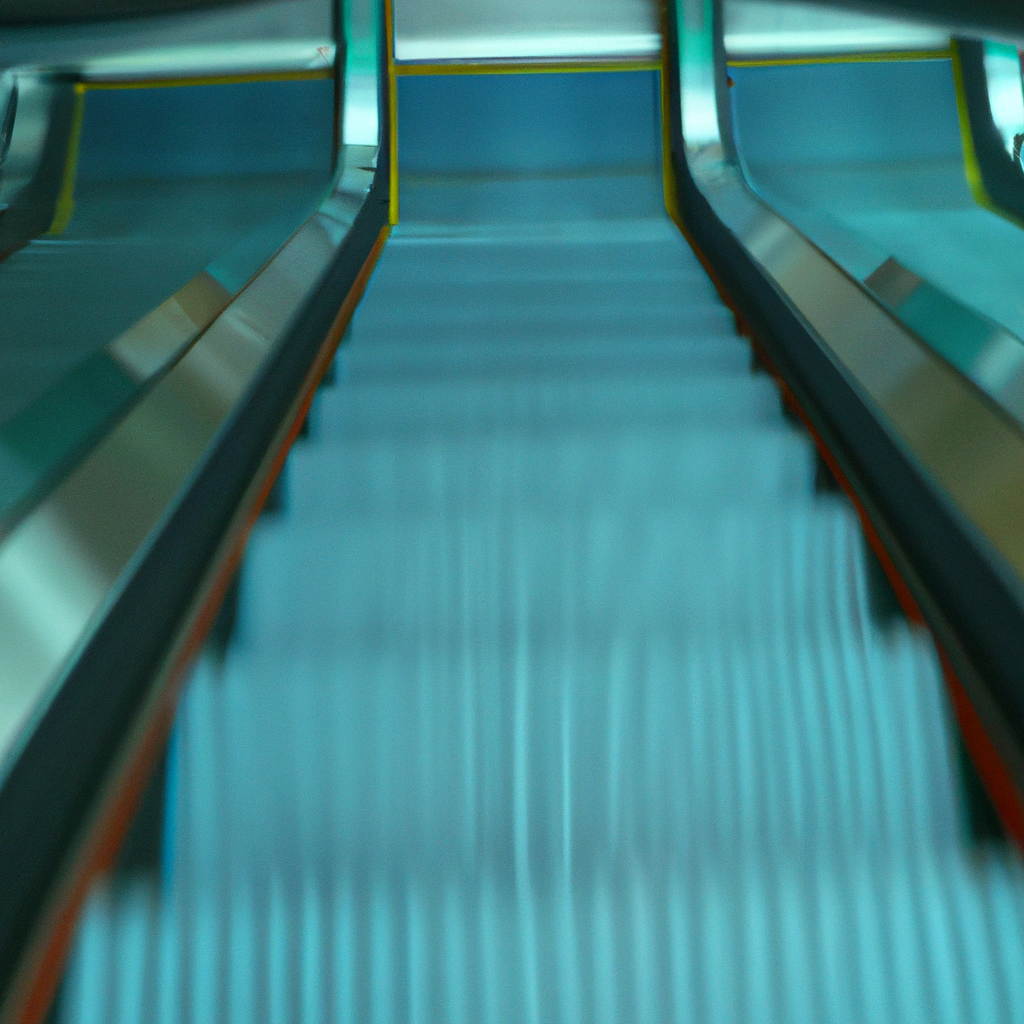Escalators are a common sight in public spaces like shopping malls, airports, and train stations. They are moving stairs that transport people between different floors. But have you ever wondered how escalators work? In this article, we will explore the escalator mechanism, the different parts of an escalator, and the design principles that make them function smoothly and safely.
The Escalator Mechanism
An escalator is made up of a series of interconnected steps that move in a continuous loop. The steps are mounted on a track that is supported by a metal framework. The track is driven by an electric motor that powers a chain or a belt. The chain or belt is connected to a series of gears that drive the track and the steps.
The motor is usually located in a machine room that is located either at the top or the bottom of the escalator. The machine room contains the motor, the gears, and other components that are necessary for the operation of the escalator. The motor is controlled by a series of sensors and switches that detect the presence of passengers and regulate the speed of the escalator.
The Different Parts of an Escalator
An escalator is made up of several components that work together to transport passengers from one floor to another. Some of the key components include:
1. Steps: The steps are the individual moving stairs that passengers stand on. They are made of metal or rubber and are designed to withstand heavy use.
2. Balustrade: The balustrade is the side panel that runs along the length of the escalator. It is designed to prevent passengers from falling off the escalator.
3. Handrail: The handrail is a moving handgrip that runs alongside the balustrade. It is designed to provide support to passengers as they ride the escalator.
4. Skirt panel: The skirt panel is a protective panel that covers the gap between the steps and the floor. It is designed to prevent clothing and other items from getting caught in the mechanism.
5. Comb plate: The comb plate is a stationary plate that is located at the bottom of the escalator. It is designed to prevent passengers from getting their shoes or clothing caught in the mechanism.
How Escalators Work
An escalator works by using a continuous loop of steps that move up or down between two levels. The steps are supported by a track that is driven by an electric motor. The motor is controlled by a series of sensors and switches that detect the presence of passengers and regulate the speed of the escalator.
When a passenger steps onto the escalator, they are transported to the next level. The speed of the escalator is controlled by a series of sensors that detect the weight and position of the passengers. The speed of the escalator can be adjusted to accommodate different levels of passenger traffic.
The Design of Escalators
Escalators are designed to be safe, efficient, and comfortable for passengers. The design of an escalator takes into account factors like passenger flow, safety, and maintenance.
For example, the balustrades and handrails are designed to be easy to grip and provide support to passengers. The steps are designed to be wide enough to accommodate different sizes of shoes and to prevent tripping. The skirt panel is designed to prevent clothing and other items from getting caught in the mechanism.
In terms of maintenance, escalators are designed to be easy to service and repair. The components are designed to be easily accessible and replaceable. Regular maintenance is essential to ensure the safe and efficient operation of an escalator.
Conclusion
Escalators are a common feature in public spaces all over the world. They are a convenient and efficient way to transport people between different floors. Understanding how escalators work and the different components that make up an escalator can help us appreciate the engineering and design that goes into making these machines function smoothly and safely.







